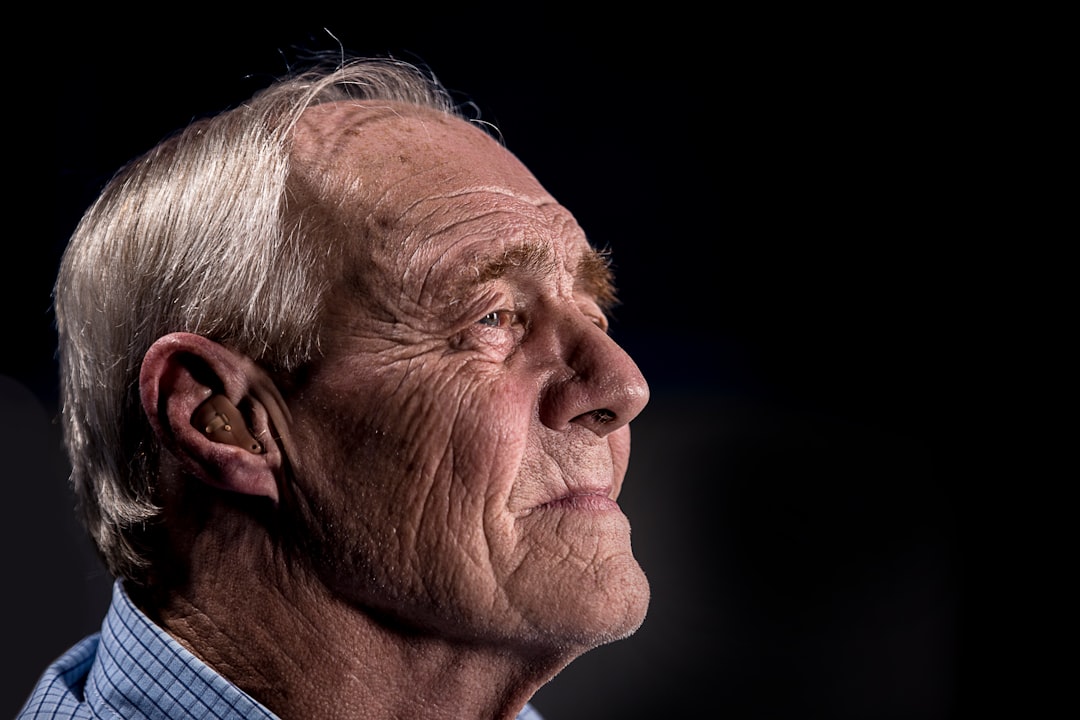The Backstory: Debunking Myths About Back Pain
The Backstory: Debunking Myths About Back Pain
Understanding the Myths Surrounding Back Pain
Nearly 80% of adults will face back pain at some point in their lives. This widespread issue is often surrounded by misconceptions about its causes and treatments, leading to unnecessary distress and ineffective management strategies. Common myths include the belief that back pain is always due to serious injury or that it inevitably worsens with age. This couldn’t be further from the truth, as many cases of back pain are not caused by severe injuries, and age-related pain can often improve over time.
Advanced diagnostic tools, such as those offered by El Paso Emergency Room, help debunk these myths by providing accurate assessments and effective treatments for back pain. Furthermore, the belief that surgery is the only solution for chronic back pain is misleading. In reality, non-invasive treatments often prove effective and should be considered before opting for surgical intervention. Another prevalent myth is the fear of movement, which can hinder recovery. Contrary to this belief, staying active is crucial for healing and maintaining mobility.
Myth 1: Back Pain is Always Caused by Injury
One of the most pervasive myths about back pain is the assumption that it is always caused by serious injuries. In fact, most back pain is not life-threatening and can often be managed independently. Mechanical causes, such as muscle strain or poor posture, account for 90% of low back pain cases, rather than severe injuries. Comprehensive evaluations, like those provided by El Paso Emergency Room, can pinpoint the true cause of back pain, ensuring effective treatment.
Patients often mistakenly attribute all back pain to their most recent physical activity, ignoring cumulative factors such as posture and stress. It is important to recognize that psychosocial factors, such as anxiety and depression, can significantly influence the perception of back pain, further complicating diagnosis and treatment.
Myth 2: Bed Rest is the Best Treatment
Another common misconception is that bed rest is the best treatment for back pain. In reality, prolonged bed rest can worsen back pain, as gentle movement and stretching are recommended to aid recovery. Regular exercise strengthens the back, counteracting the myth that rest is beneficial. Patients at El Paso Emergency Room receive personalized care plans that incorporate safe, effective activity levels for pain relief.
Evidence suggests that light physical activity can reduce pain and improve functionality faster than strict bed rest. Gradual resumption of normal activities is crucial, with activities like walking helping to maintain mobility and prevent stiffness.
Myth 3: Back Pain Indicates Structural Damage
Many people believe that back pain indicates structural damage, but this is often not the case. Psychological factors can contribute significantly to back pain, and not all pain is linked to structural issues. Imaging tests may reveal abnormalities like disc bulges, yet these do not always correlate with pain severity. El Paso Emergency Room employs state-of-the-art imaging to accurately assess conditions when necessary, ensuring precise diagnosis.
Research indicates that only a small percentage of back pain cases are linked to identifiable structural problems. Many individuals experience pain without any detectable anatomical cause, highlighting the need for a holistic approach to treatment.
Lifestyle Factors and Back Pain
Lifestyle factors such as poor posture, a sedentary lifestyle, and stress play a significant role in the causes of back pain. Stress alone increases the risk of chronic low-back pain by 2.8 times, underscoring the need for holistic treatment approaches that address both the physical and psychological aspects of pain. At El Paso Emergency Room, experts provide guidance on lifestyle modifications to effectively manage and prevent back pain.
Poor ergonomic practices at work, like improper chair height and desk setup, can lead to chronic back issues. Incorporating regular breaks and movement into daily routines can significantly reduce the risk of developing back pain.
 Role of Age in Back Pain Prevalence
Role of Age in Back Pain Prevalence
Contrary to popular belief, back pain does not necessarily worsen with age; it can actually improve over time, especially in older adults. Chronic back pain in older populations may stem more from psychological factors than from physical deterioration. El Paso Emergency Room offers tailored interventions that consider age-related factors in back pain management.
Older adults often experience stiffness rather than pain, which can lead to misconceptions about their back health. While age-related changes in muscle and bone density can impact back health, proactive management can mitigate these effects.
 Acute vs. Chronic Back Pain
Acute vs. Chronic Back Pain
Understanding the difference between acute and chronic back pain is crucial for effective management. Acute back pain typically resolves within weeks, whereas chronic back pain persists beyond three months. Both types of pain require different management approaches, making accurate diagnosis essential. El Paso Emergency Room provides expert evaluation to distinguish between acute and chronic conditions, ensuring appropriate treatment.
Recognizing the timeline of symptoms can help patients and providers determine the best course of action for treatment. Chronic pain often requires a multidisciplinary approach, including physical therapy, medication, and psychological support.
 Importance of Proper Diagnosis and Treatment
Importance of Proper Diagnosis and Treatment
The initial diagnosis of back pain often relies on physical exams rather than imaging tests like X-rays or MRIs, as these can sometimes lead to misdiagnosis. Consulting with healthcare professionals is crucial for effective back pain management. El Paso Emergency Room ensures access to board-certified physicians for accurate diagnosis and treatment recommendations.
Misdiagnosis can lead to inappropriate treatments, prolonging pain and discomfort. A thorough medical history and assessment can uncover underlying issues that may not be immediately apparent, ensuring that treatment is targeted and effective.
Preventing Back Pain Through Exercise and Posture
Regular exercise and proper posture are key to preventing back pain. However, there is no single “perfect” posture; frequent changes in position are beneficial for back health. A medium-firm mattress and proper sleep position support the spine without causing pressure points, contributing to back pain prevention.
El Paso Emergency Room provides resources and advice on maintaining an active lifestyle to prevent back pain. Simple exercises, such as core strengthening and flexibility routines, can significantly reduce the risk of back pain. Awareness of body mechanics during lifting and daily activities is also crucial to prevent strain and injury.
Conclusion: Empowering Yourself Against Back Pain Myths
Understanding the myths about back pain empowers individuals to seek appropriate treatment and management strategies. For expert care and accurate diagnosis, visit El Paso Emergency Room’s website at https://www.eper.com/ for more information and to schedule an appointment. By dispelling these myths and focusing on effective treatment, individuals can better manage their back health and improve their quality of life.


